They know the short cuts, hidden gems, dives and hot spots that take total-immersion to learn.
Well, the same adage holds true for botany.
For the Tehachapi Mountains, the local guide I carry is Ernest C. Twisselmann - in the form of his book, A Flora of Kern County, California.
Published in 1967, and well out of print, many of the details are also a tad out of date. You see, much has changed in the world of botany in the 44 years since Ernest's Flora appeared in the Wasmann Journal of Biology. New species have been found, others lost, and a whole lot of taxonomic twists & turns have been made.
And, the taxonomy isn't all that's out of date. Flora is printed all in black and white, and doesn't have a single flower photograph, illustration or plant ID key in it.
So why is it an indispensable resource?
Because ranch-born Twisselmann was a local, and he really knew how to write reference.
Not only does he eloquently cover geography, geology, climate and natural history of the area, he gives plant associations (what grow with what), and range limits (what species start or end in the county). He also covers the history of botanical collecting in Kern, and his Catalogue of Plants - his species accounts - are excellent, giving solid details on habitats and exposures, abundance, bloom time, where in the county to find each species, and where it was collected.
All precious fodder for the flora-finding naturalist.
Here's some of the flora of Kern County that I've had the pleasure of seeing this year on the stunning lands I'm helping to survey. Many were found and/or identified with the help of Ernest.
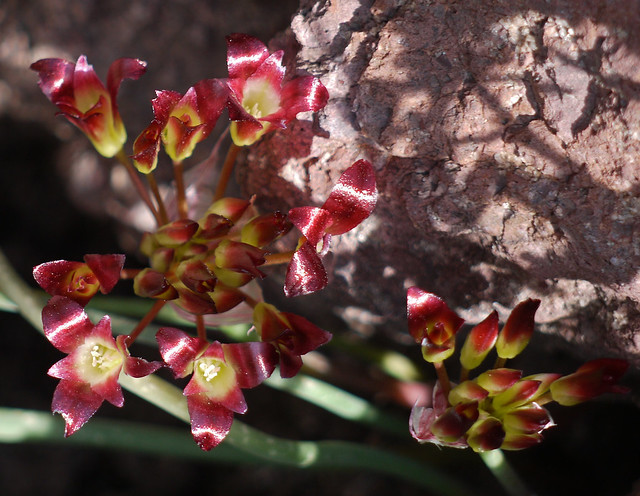
Spanish Needle Onion, Allium shevockii - a CNPS List 1B.2 rare species endemic to Kern County and CA - one of the prettiest native onions for sure
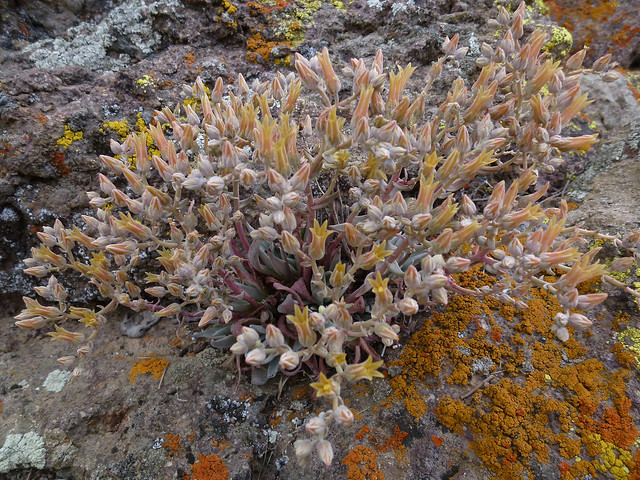
Limestone Liveforever, Dudleya calcicola - a List 4.3 uncommon succulent
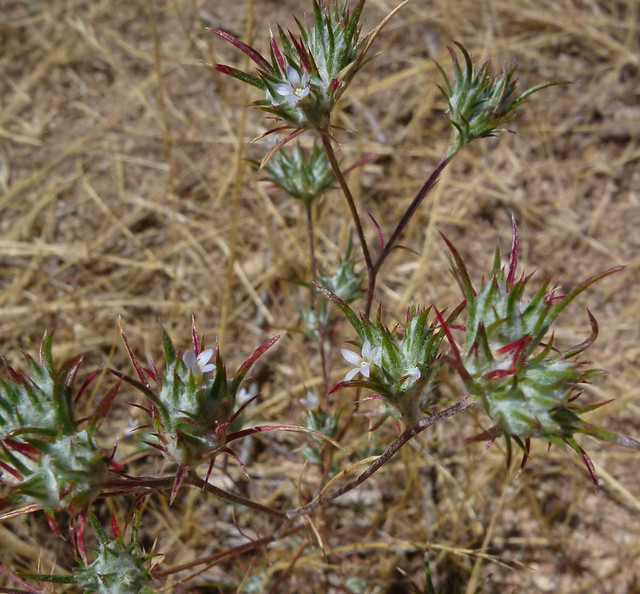
Tracy's Woollystar, Eriastrum tracyi - a low-key List 1B.2 State Rare endemic
3 new monkeys for me - and I love the monkeys...
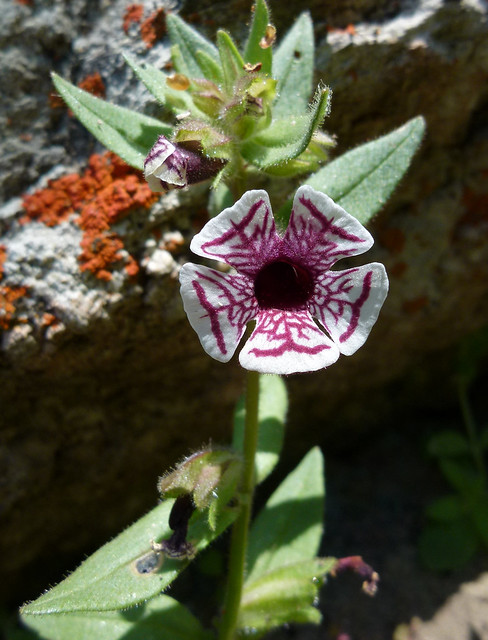
Calico Monkeyflower, Mimulus pictus - also a List 1B.2 rarity
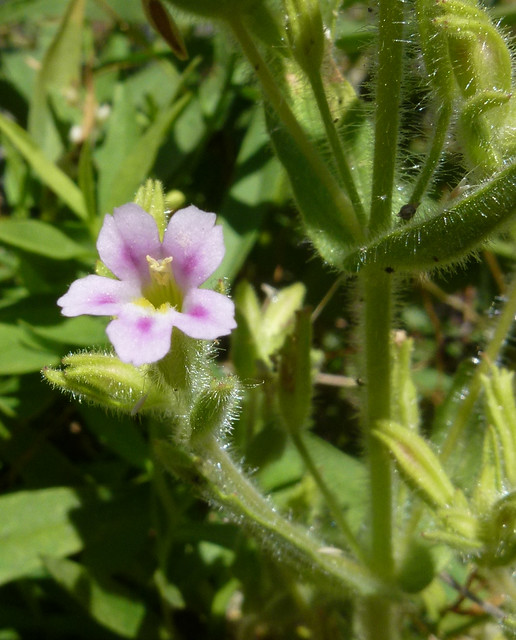
Perky and pink Parish's Monkeyflower, Mimulus parishii
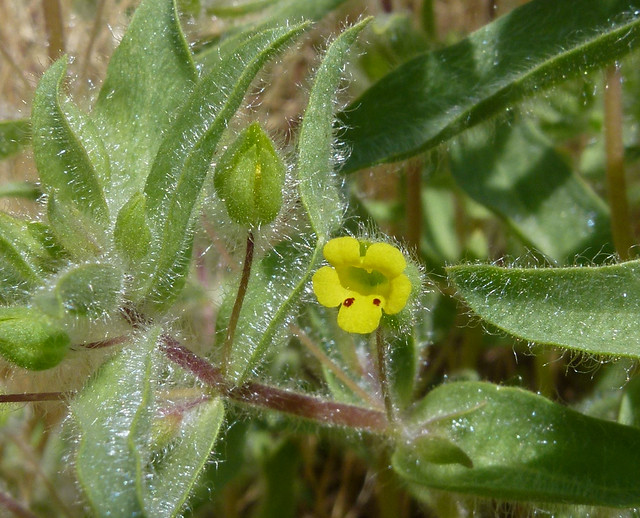
The furry Mimulus pilosus, or Downy Monkeyflower
Other lippy lovelies:
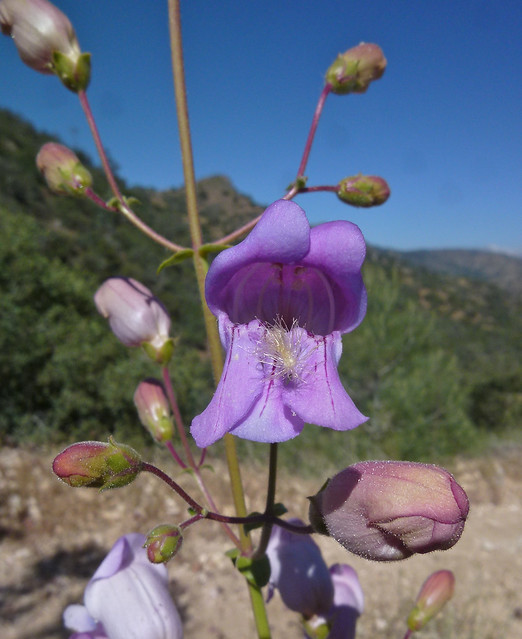
The big perennial Grinnell's Beardtongue, Penstemon grinnellii
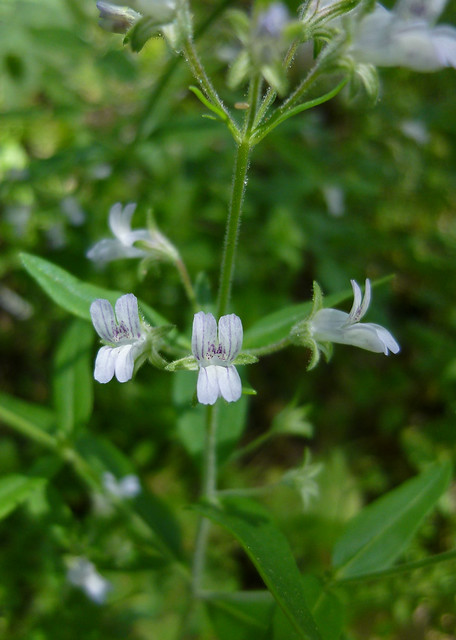
Child's Blue-eyed Marys, Collinsia childii, hiding in the shade under canyon oaks
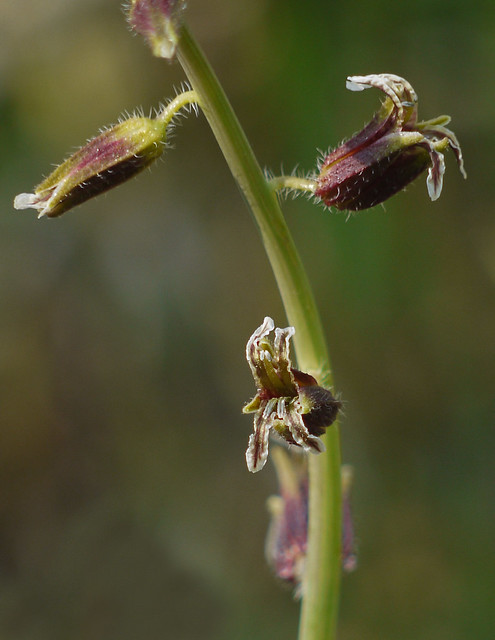
Caulanthus coulteri, Coulter's Jewelflower
3 farewell-to-springs, named in tribute of William Clark, of Lewis and Clark:
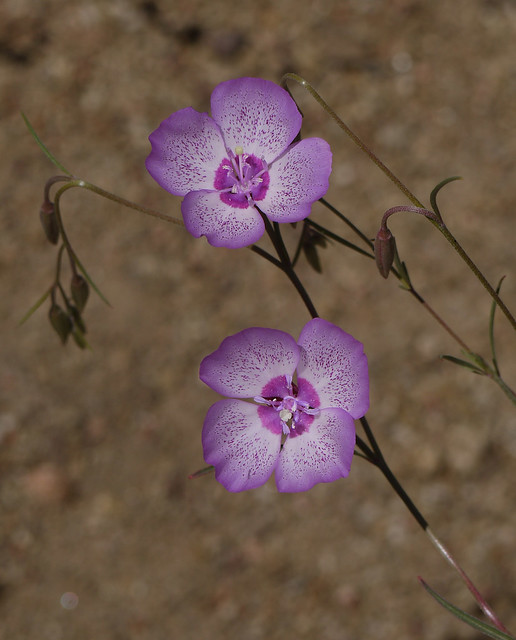
Clarkia cylindrica, also called Speckled Clarkia
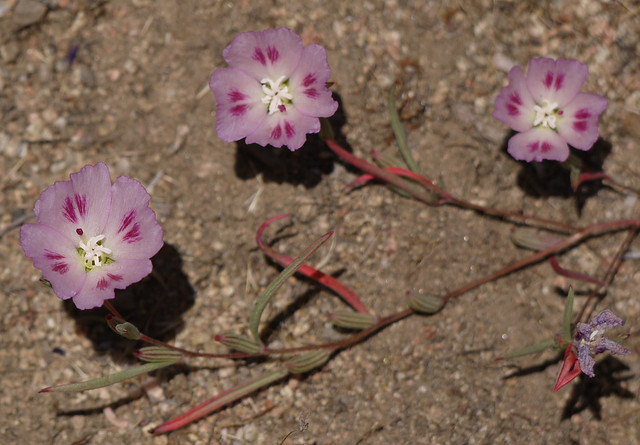
Clarkia speciosa, also called Redspot Clarkia
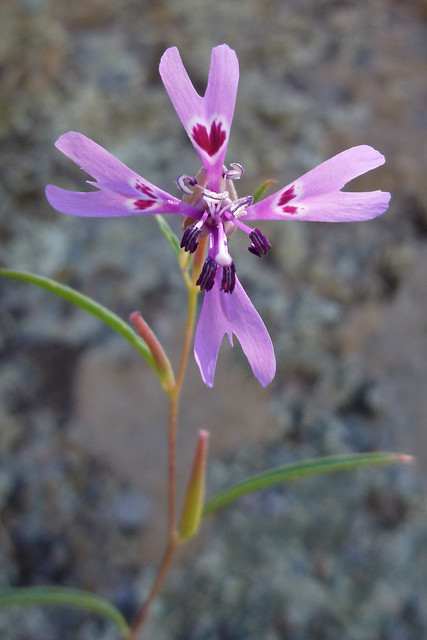
Clarkia xantiana, also called Gunsight Clarkia
Two Venus-monikered beauties bloomed in the Tehachapi summer:
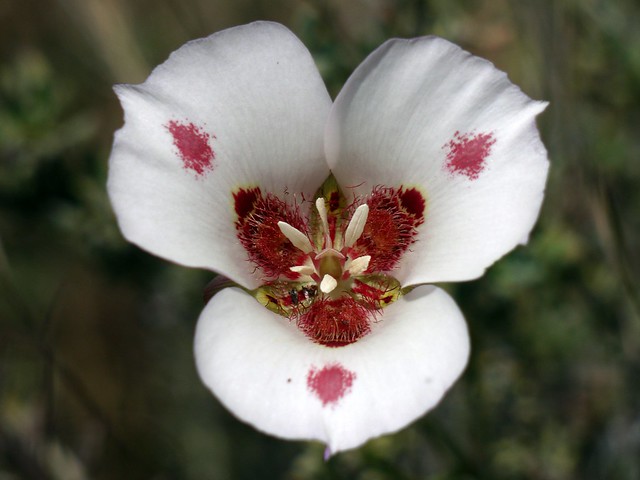
Butterfly Mariposa, Calochortus venustus - the venustus of the area tend towards stark white petals, dark red markings, and very hairy nectaries
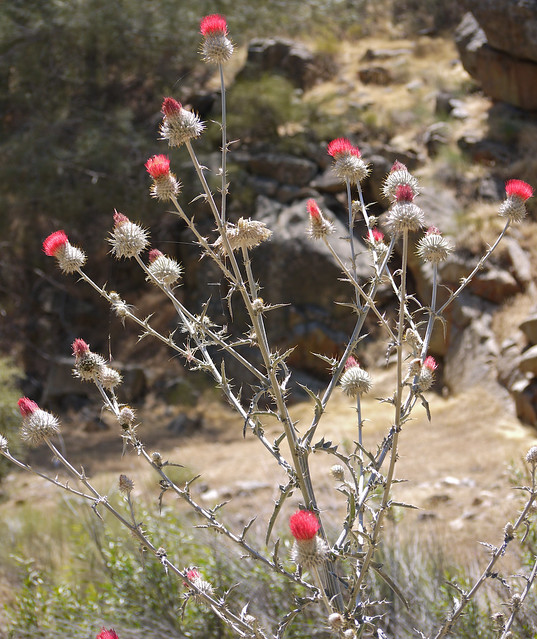
Venus Thistle, Cirsium occidentale var. venustum - a statuesque and stunning native thistle that likes to grow solo and not in dense monocultures like many non-natives
Flowers with stalks were well represented:
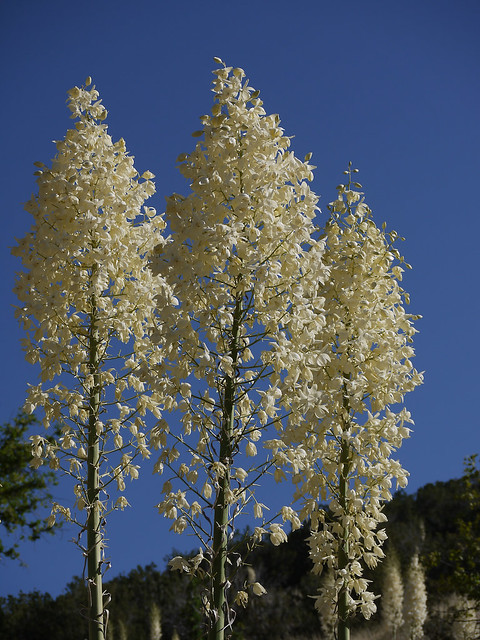
Our Lord's Candle, Hesperoyucca whipplei ssp. caespitosa, which truly
lights up the rocky mountain sides
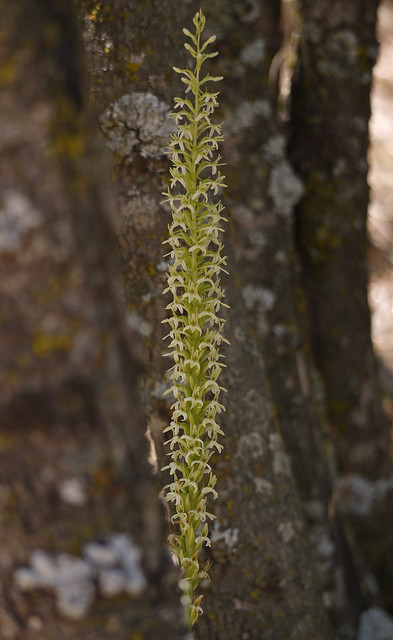
A random Coast Rein Orchid, Piperia elegans - not rare in CA per se -
but not supposed to be in the Tehachapis - not much coast in the mountains...
A couple of species with lots of stamens caught my eye too:
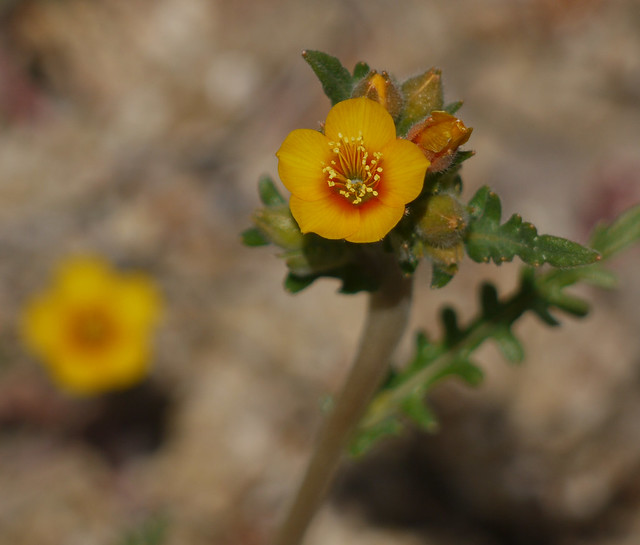
Veatch's Blazing Star, Mentzelia veatchiana
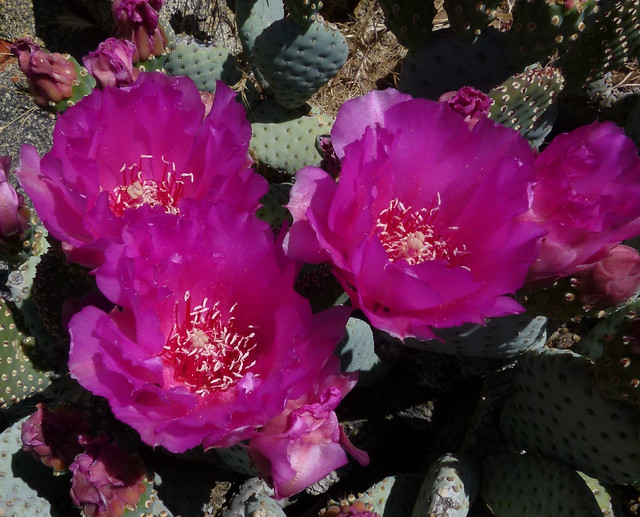
Big and showy Beavertail Cactus, Opuntia basilaris
All-in-all, we've documented almost 300 species of flora on the Tehachapi survey lands this past season. WAY too many to ever show on a single blog post.
But here's 16 more cool ones. :)
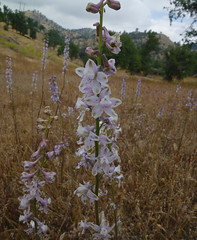
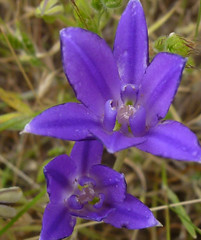
Kern Larkspur and Kern Brodiaea
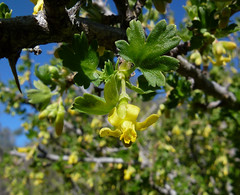
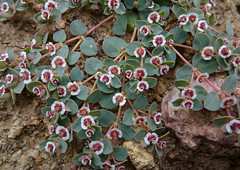
Oak Gooseberry and Rattlesnake Weed


Pale Suncup and Foothill Poppy
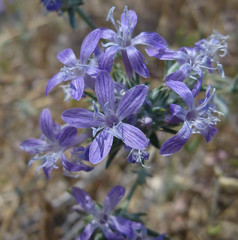
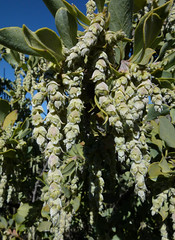
Bush Woollystar and Ashy Silk Tassel
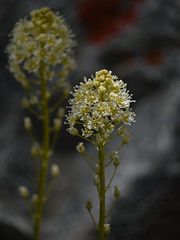
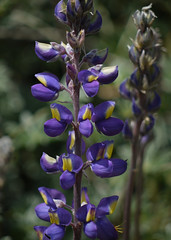
Grass-leaved Death Camas and Grape Soda Lupine

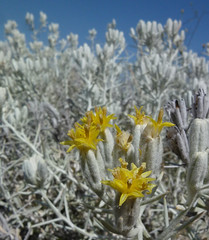
Slender-flower Gilia and Cotton Thorn

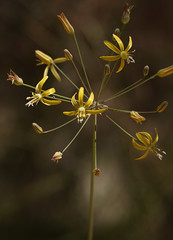
Ithuriel's Spear and Golden Stars
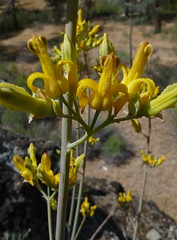
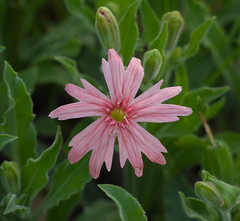
Golden Eardrops and Indian Pink
Thanks Ernest. And muchas gracias to the other botanical ninjas that guide my way too, such as my wise mentors Paul and Ken, and the ever-amazing Jepson Manual.
====
References:
- Ernest C. Twisselmann, Eben & Gladys McMillan - A Flora of Kern County, California
- The Jepson Manual: Higher Plants of California
- Kern County Cattlemen's Association - The Twisselman Family Home Page
- California Native Plant Society (CNPS) - CNPS rare plant ranking system
- Nature of a Man (this blog) - posts on cam trapping the Tehachapis
- Randomtruth on flickr - my collection of Tehachapi photos

This is an incredible post. Thank you. I feel the need to travel to other parts of CA to see these beauties first-hand.
ReplyDeleteStupendous photos, Ken, and a great post -- always glad to see an old timer get credit due, esp. in these times of decade-long memory (and even in scientific literature).
ReplyDeleteThat thistle is a real beaut.
ReplyDeleteGreat series as always.
The calico mimulus alone would be worth the trip. I wonder if the silk tassel is another coastal migrant.
ReplyDeleteThe Venus thistle is the one that really stuck out to me too. Great collection of photos.
ReplyDeleteNice showcase of beauty in this world!
ReplyDeleteGlad y'all like the end-of-summer wildflower roll-calls - more to come.
ReplyDeleteAnd you have great taste - the Calico monkey is precious, and the Venus thistle one of my faves - I have them growing in my backyard now and they should bloom this year. I've seen some over 7 feet tall.
John - good observation on the silk tassel, but this species is Garrya flavescens, the Ashy Silk Tassel, an inland version similar to our Coastal species Garrya elliptica.
arf! I don't know what to say, SO many LOVELY, unusual, exciting flowers and such fabulous photos. And a great vote for Ernest. And it's nice to see rattlesnake weed again, and old friend from my San Diego coastal sage scrub days.
ReplyDeleteLOVELY STUFF, woo-hoo!
Whether for botany, entomology, or geology, California tops almost any list of naturalist's paradise!
ReplyDeleteNeat to stumble across this blog and see the references to Twisselman, a most remarkable man...self-taught botanist, sheepherder by trade...his Kern County Flora is an indispensable reference for naturalists who poke around in that part of California. Thanks!
ReplyDelete